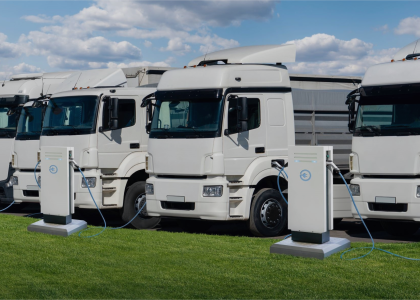This is the third in a series of papers intended to guide states as they embark on the path to Clean Power Plan (CPP) compliance. As they choose among many approaches to reducing pollution and complying with the CPP, states and localities can offer energy efficiency programs to low-income households and businesses, as well as to community-based organizations that serve low-income communities. This guide discusses some best practices for implementing and evaluating these low-income efficiency programs and addresses the considerations involved in using them for CPP compliance.

